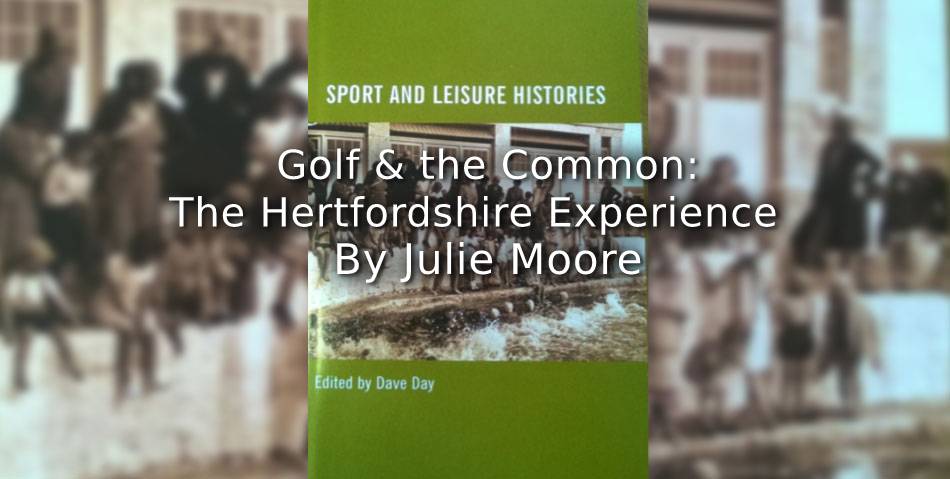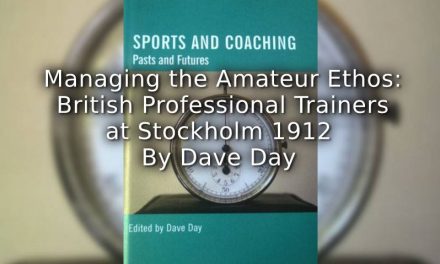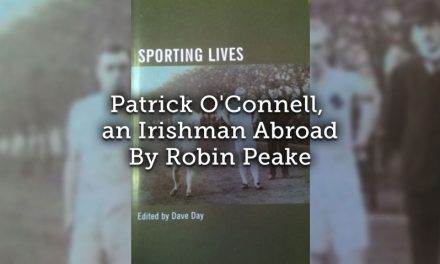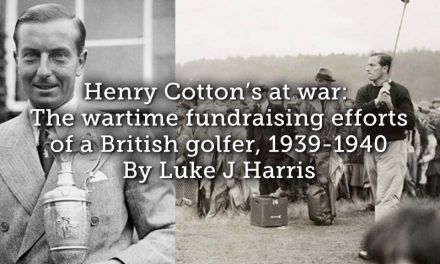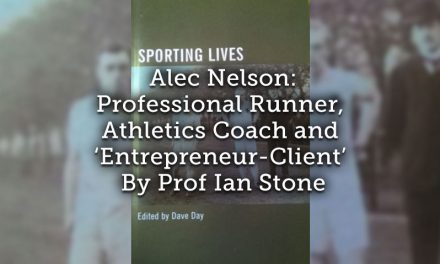This podcast from Julie Moore, from a collection of short papers on aspects of sport and leisure history, has its origins in two North-West British Society of Sports History regional symposia hosted by Manchester Metropolitan University on its Crewe campus. The contributors come from many different backgrounds and include some of Britain’s leading academic sports and leisure historians alongside early career researchers and independent scholars in the field of sports and leisure history. The full collection of papers were later published in book form, Sport and Leisure Histories, please click here for more details and purchase information
Introduction
Historians of golf have noted the explosion in the popularity of the game with the English middle-classes which occurred in the final decades of the nineteenth century, in particular that aspect facilitated by the expansion of the railway and the appeal of clubs in the rural fringes which surrounded the capital city. Hertfordshire was one of those counties which appealed to the London player, with rail companies seeking to ease their way with additional trains timed for an early start and late return, together with special rates for those able to produce a membership card. However, the golf courses which sprang up in the county did not do so merely to service the needs of those city dwellers looking for a few hours away from the smoke and grime. The game held a special appeal to those many men and women who were moving into the county at this time, looking for a different quality of life for themselves and their families. What both groups brought to the development of the game was an essentially urban understanding of the rural, and in their assumptions of the landscape in which they lived in general, and the common in particular, they influenced how that resource was imagined by the generations which followed. That they were able to do so, was a reflection of how that understanding of the rural was shifting from its identity as the site of a particular economic sector to one of a resource for urban, and indeed, national restoration. In August 1894, Henry Downing, a City of London stockbroker, who lived close by Boxmoor Common, called on the trustees to take action against the many horses and cattle which roamed the common and interfered with passers-by. His argument was based on his conviction that the original Act of Origin of the Moor most surely intended that the space should be used ‘as a recreation ground for the inhabitants [rather] than a grazing place for horses and cattle’. How correct he was in this assumption may be debated, but what it did reflect was an understanding of the common as a resource which offered ‘an antidote to the harshness of [an] urban life’ that had been left behind but to which those who moved into the county were still economically connected. What follows is a case study of how some of those assumptions were played out on the ground, as golfers, commoners and residents sought to establish a place for themselves within a changing landscape.
To listen to the rest of the paper – press play below:
Article © Julie Moore

